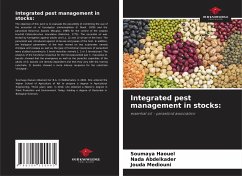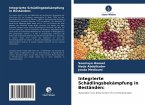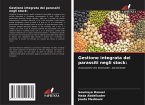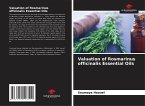The objective of this work is to evaluate the possibility of combining the use of the essential oil of Eucalyptus salmonophloia (F. Muell, 1878) and the parasitoid Dinarmus basalis (Rasplus, 1989) for the control of the cowpea bruchid Callosobruchus maculatus (Fabricius, 1775). The essential oil was tested by fumigation against adults and L1, L2 and L3 larvae of the host. The parasitoid was introduced against L4 larvae and pupae of the host. In addition, the biological parameters of the host reared on two substrates namely chickpea and cowpea as well as the type of functional responses of parasitoid were studied according to 3 larval densities namely 1, 2 or 3 larvae/seed. The analysis of the functional response for the host-parasitoid pair C. maculatus-D. basalis showed that the emergence as well as the parasitic capacities of the adults of D. basalis are density dependent and that they vary with the rearing substrate. D. basalis showed a more intense response for the substrate "chickpea".







